
in New York & New Jersey








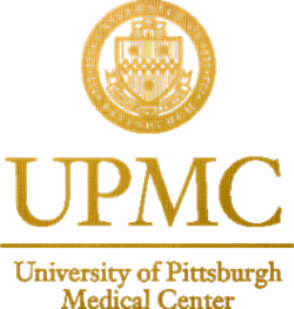








Back and neck pain can be life-altering—especially when it limits your ability to work, move, or rest. If conservative treatments haven't brought relief, surgery might be the next step. The good news? Not all spine surgery requires large incisions or long recovery times.
Our NJ & NYC minimally invasive spine surgery (MISS) offers a modern approach that treats spinal conditions through small incisions, less tissue disruption, and faster recovery.
It’s designed to achieve the same long-term outcomes as traditional open surgery, but with less trauma to your body. At the Institute for Comprehensive Spine Care, we recognize the impact that the prospect of surgery can have on your life. Whether it’s the apprehension about the procedure itself or the anticipated recovery period, it can be overwhelming. Guided by renowned surgeon, Gbolahan Okubadejo, MD, FAAOS, we are dedicated to offering minimally invasive surgery and personalized care plans to alleviate your concerns and improve your health outcomes.
Minimally invasive spine surgery refers to a surgical approach that uses specialized techniques and instruments to perform procedures with smaller incisions compared to traditional open spine surgery.
It aims to minimize trauma to surrounding tissues, reduce scarring, and promote faster recovery times. In minimally invasive surgery, Dr. Okubadejo utilizes advanced technology to visualize the surgical site and perform precise maneuvers. Through small incisions, instruments are inserted, allowing the surgeon to access the targeted area and perform the necessary surgical steps.

Minimally invasive techniques can be employed in a range of spinal procedures, including:
Not every case is right for a minimally invasive approach. If traditional spine surgery would offer better long-term results, Dr. Okubadejo will help you understand why.
Before surgery, Dr. Okubadejo performs detailed imaging to identify exactly where the issue is and determine the least invasive approach possible.
Most procedures are performed under general anesthesia, and many are done on an outpatient basis or require only a short hospital stay. During your consultation for minimally invasive spine surgery NYC & NJ spine surgeon, Dr. Okubadejo, will review each step of your procedure with you to ensure you understand any necessary preparation, the details of the surgery, and the associated recovery.
For the right patient, MISS can offer the same long-term benefits as traditional surgery while making the healing process more manageable.
Key benefits include:
Minimally invasive spine surgery is a strong option for patients who need effective intervention but want to avoid the stress and recovery time of open surgery.
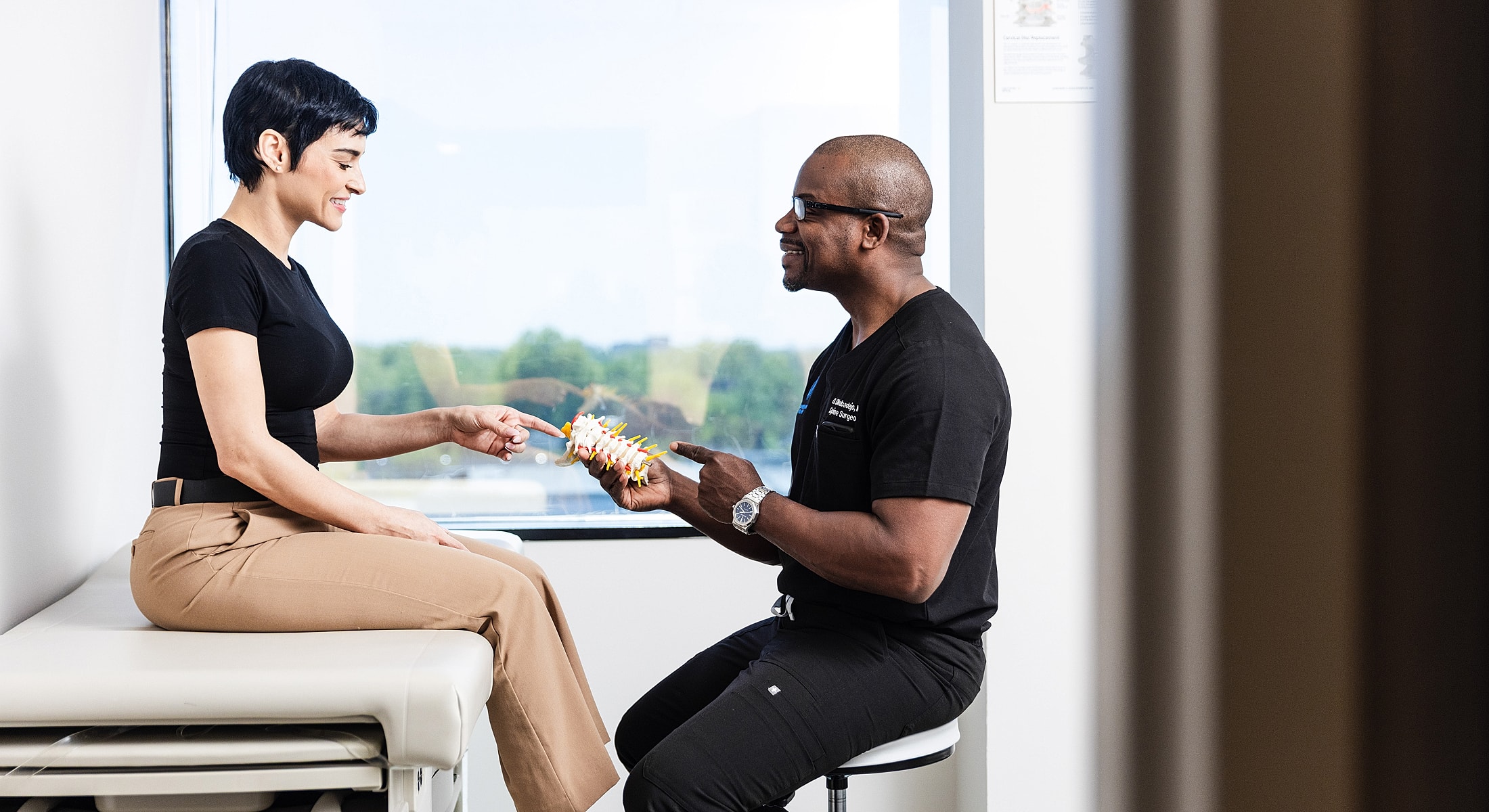
Ideal candidates for minimally invasive spine surgery are typically those with localized conditions that can be treated through small incisions, with a reasonable degree of overall health and stability.
However, each case is unique, and our experienced medical team will conduct a thorough evaluation to determine if minimally invasive surgery is the most suitable treatment option for you. Patients with extensive or complex conditions, certain medical conditions that affect healing, or those who may not tolerate the procedure well may not be ideal candidates for minimally invasive spine surgery.
Our specialists will carefully consider your specific circumstances and recommend the most appropriate treatment plan based on your individual needs.

Most patients go home the same day of surgery or within 24 hours. Pain is typically well-controlled with short-term medication, and light activity is encouraged early to support circulation and healing.
Depending on the procedure, many patients return to light activity in 1-2 weeks and full activity within 6-8 weeks. Physical therapy may be recommended to support strength, posture, and flexibility as you recover. Because the muscles and tissues surrounding the surgical site are preserved, many patients feel stronger and more mobile much earlier than they expect.
The results of minimally invasive spine surgery can include:
Minimally invasive options are often associated with lower complication rates and greater patient satisfaction when performed by an experienced NYC spine surgeon like Dr. Okubadejo.
Understanding that surgery can be a significant event in your life, we are committed to supporting you through every step of your journey. Along with expert diagnosis and treatment, you will receive continued guidance and education to help you manage your pre- and post-surgical experience effectively.
We will collaborate with you to formulate a tailored surgical plan that aligns with your specific needs and objectives. Dr. Okubadejo and his team will be with you throughout the process to help you achieve your desired health goals.
Dr. Okubadejo is recognized for delivering expert care and exceptional results. Our patients’ experiences speak to the life-changing outcomes and personal attention they receive every step of the way.
★★★★★


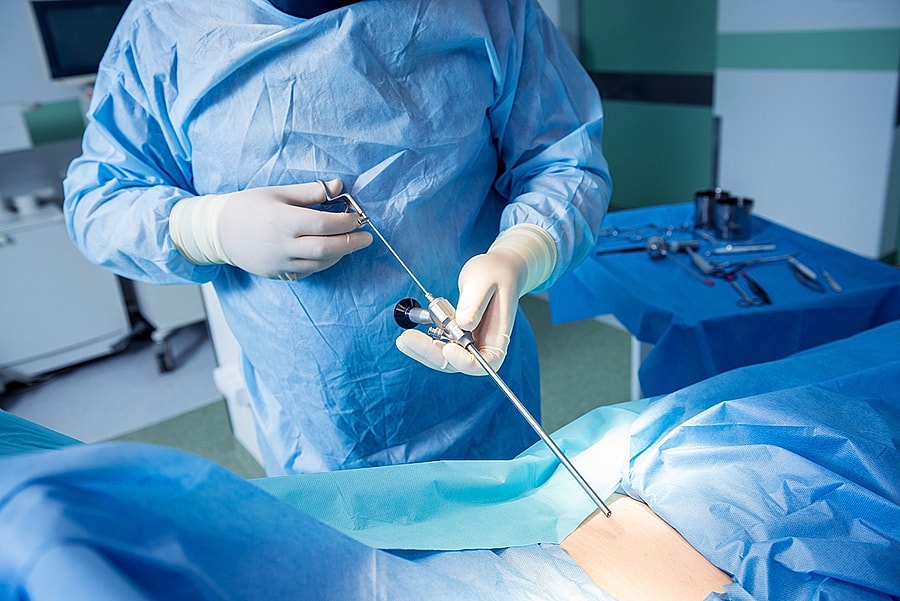
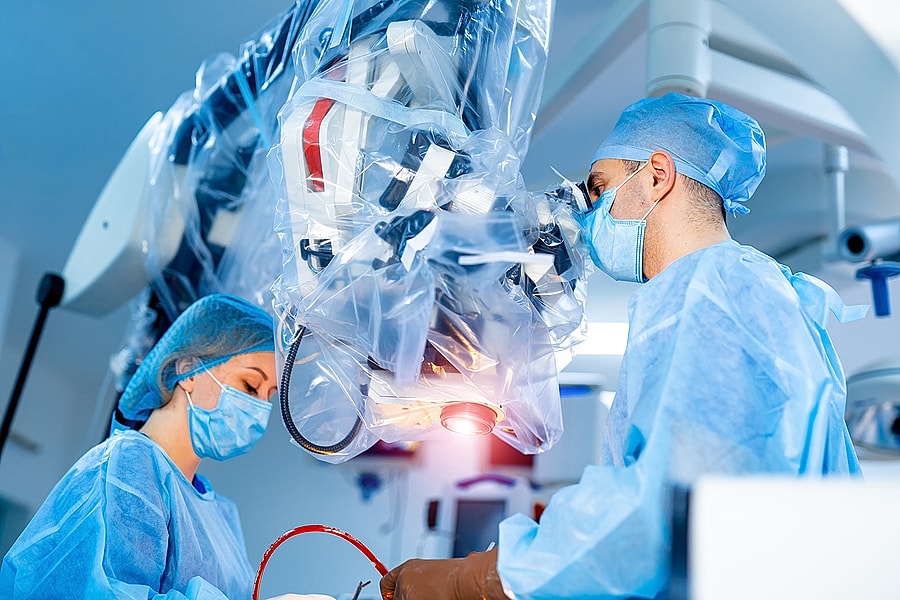
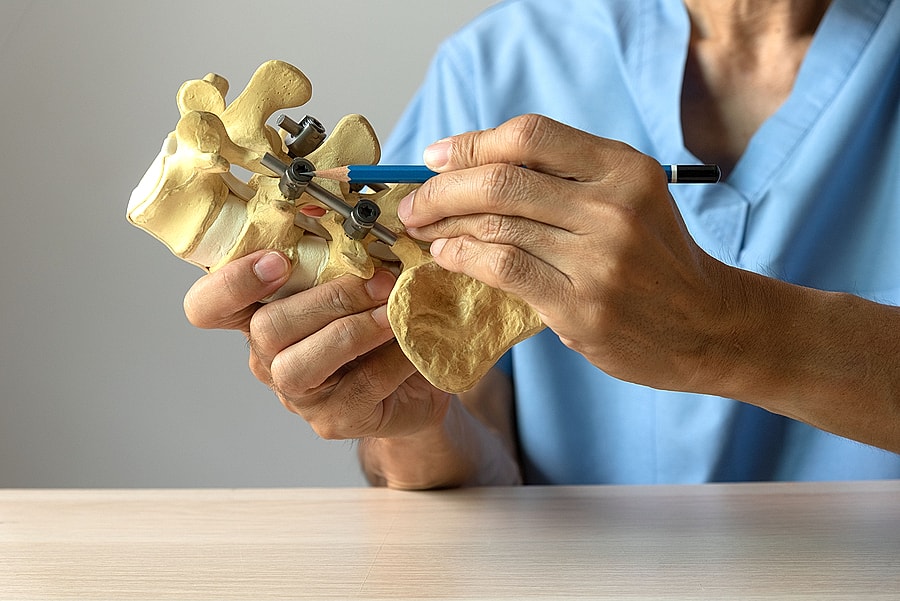
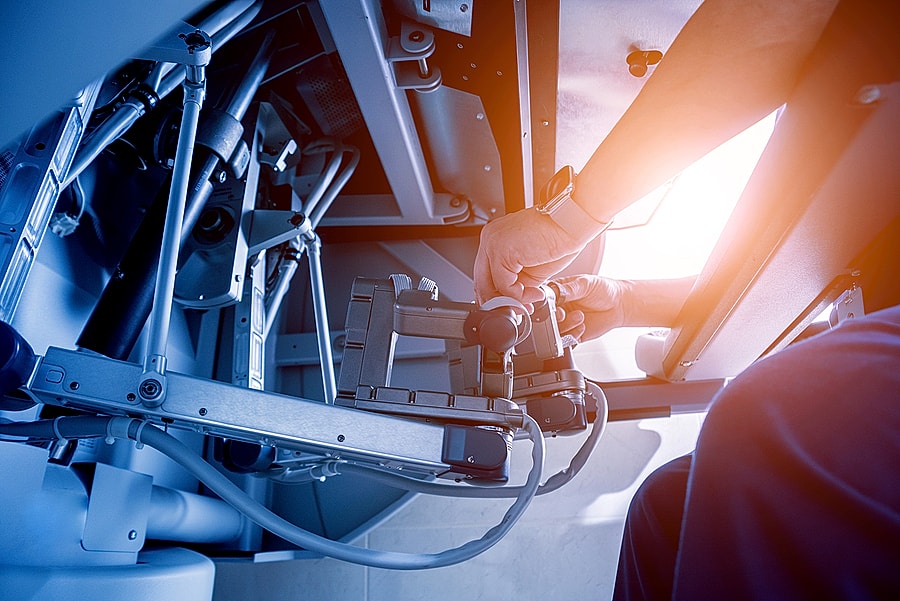
Minimally invasive spine surgery offers several advantages over traditional open spine surgery, including smaller incisions, less pain, shorter hospital stays, quicker recovery times, and less scarring.
Minimally invasive spine surgery is typically performed using specialized instruments and a camera that are inserted through small incisions. This approach allows the surgeon to view the surgical site on a monitor and perform the procedure without needing to make a large incision.
As with any surgical procedure, minimally invasive spine surgery carries risks, including infection, bleeding, and possible injury to nearby organs. However, the risk is often lower than with traditional open surgery due to the smaller incisions and precise control offered by the minimally invasive techniques.
Not all conditions are suitable for minimally invasive spine surgery. The decision to use minimally invasive techniques depends on a variety of factors, including the nature and location of the condition and the patient's overall health.
Recovery time from minimally invasive spine surgery varies depending on the specific procedure and the patient's overall health. However, recovery is often quicker than with traditional open surgery due to the smaller incisions and the less invasive nature of the procedure.


